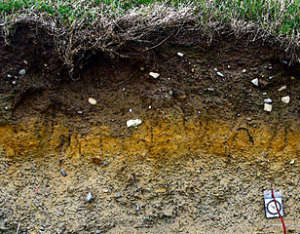
Increasing soil organic carbon is one of the most straightforward means of removing carbon from the atmosphere – reversing the large amounts (globally more than 100 Gt) that have been released by agriculture. Eight measures to achieve that goal were identified in a Nature article print-published on 6 December, with the paper’s authorship including the GGR consortium leader Professor Pete Smith. In addition to mitigating climate change, extra soil carbon can boosts soil health, improving fertility and workability, and thereby increasing crop yields. The recent Greenhouse Gas Removal report of the Royal Society and the Royal Academy of Engineering reviewed the practicality of this carbon removal option. Globally, the non-climatic benefits of soil carbon sequestration at 2-3 Gt CO2 per year could be as much as $8 billion, for a period of 10-20 years until saturation is reached. For the UK, a preliminary assessment (to be improved by GGR studies) indicated that the value of co-benefits may not necessarily outweigh direct costs – but that balance-sheet could be much more favourable when carbon-pricing is included.